#egypt in fashion
Text
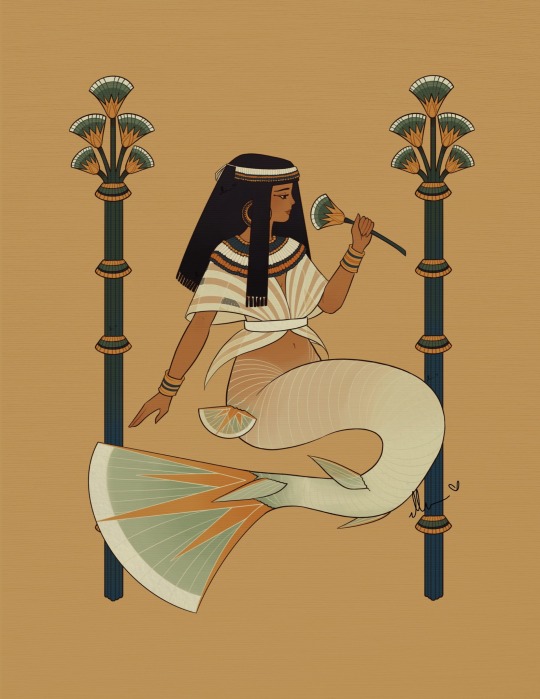


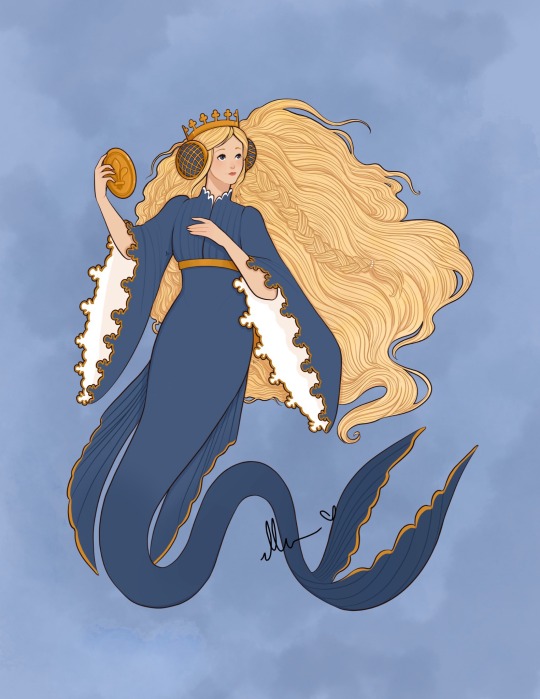

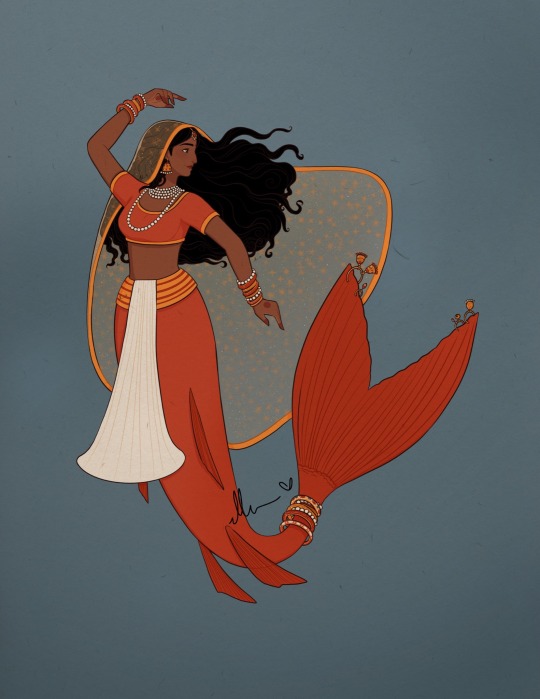


All the Historical Mermay’s together!
I had a lot of fun with this mermay prompt list by chloe.z.arts and they turned into a pretty cool collection of illustrations!
Prompt list by chloe.z.arts on instagram.
I am the artist! Do not post without permission & credit! Thank you! Come visit me over on: instagram.com/ellenartistic or tiktok: @ellenartistic
#historical mermay#mermay 2023#collection of mermaids#lnart#ellenart#historically inspired#historical fashion#it’s gonna be mermay#ancient egypt#ancient greece#tang dynasty#french medieval#italian renaissance#mughal empire#edo period#late victorian era
3K notes
·
View notes
Photo
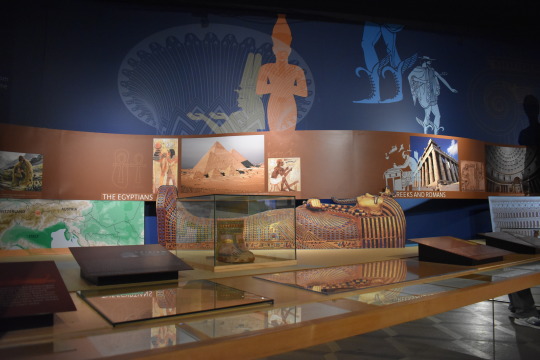

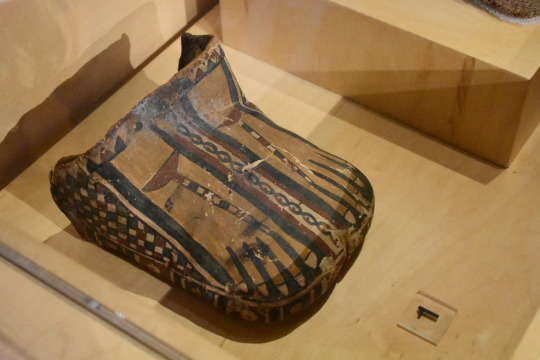
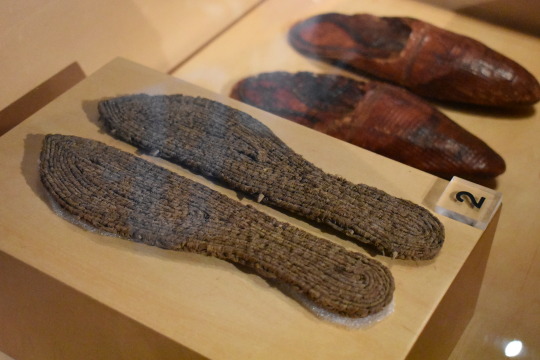

September 17, 2022 | Bata Shoe Museum
The Bata Show Museum is a museum of footwear and calceology (the study of footwear) in Toronto, Canada.
At the lowest level of the museum is its permanent exhibition, All About Shoes, which takes you through over 4,500 years of history. It begins with Ötzi’s shoes. Ötzi is the naturally mummified remains of a man who lived some time between 3350 and 3150 B.C., and the shoes he wore were made of bearskin and stuffed with hay. The museum had a recreation of these shoes.
Next in this exhibition is about the Ancient Egyptians and their shoes. A label reads:
Egypt’s hot climate meant that sandals were the most common type of footwear. Typically, they were made from leather, straw, or plant leaves, but privileged individuals wore sandals constructed out of precious metals.
The second photograph is of a cartonnage (Ancient Egyptian, 300 B.C.E. to 1 C.E.). Cartonnage is a type of material used in ancient Egyptian funeral preparation, and it is made of layers of linen or papyrus covered with plaster. In this specific piece, “the underside depicts conquered enemies painted on the soles of the sandals.”
The numbered footwear are described as such:
Cartonnage made of linen and gesso and depicting sandaled feet for the mummy (Ancient Egyptian, 1–200 C.E.)
Pair of sandals missing its original thong (Ancient Egyptian, 1500–1200 B.C.E.)
Coptic mules from Upper Egypt made from red leather and embossed with geometric designs (Coptic, 300–500 C.E.)
#l'egypte est partout#bata shoe museum#museum#toronto#egypt#ancient egypt#canada#all about shoes#sandals#shoes#footwear#Cartonnage#mules#egypt in life#egypt in fashion
1 note
·
View note
Text
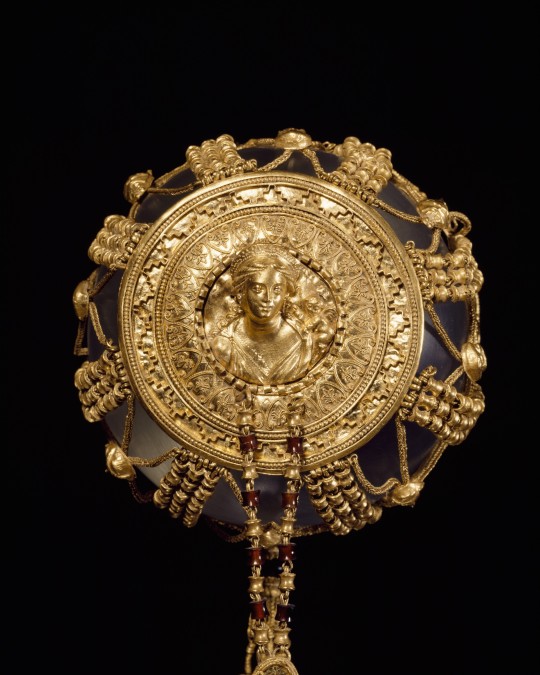
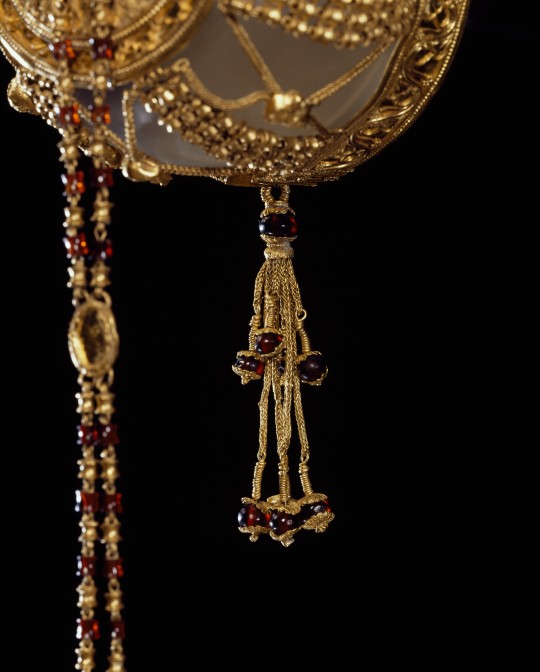

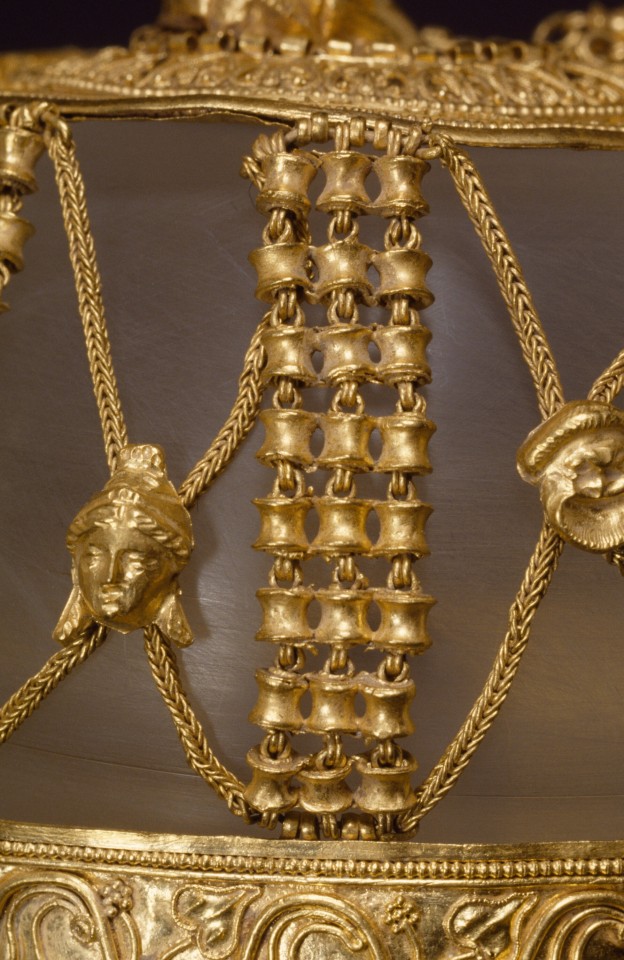
Gold hairnet, Ptolemaic, 225-175 BCE
From the Getty Villa Museum
#hairnet#gold#fashion#fashion history#accessory#history#225 bce#200s bce#175 bce#100s bce#bce#ancient#ptolemaic#ancient greek#ancient egyptian#greek#egyptian#ancient greece#ancient egypt
408 notes
·
View notes
Text




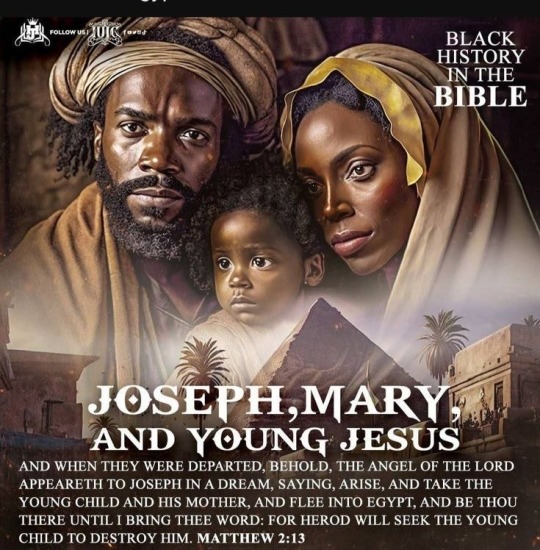

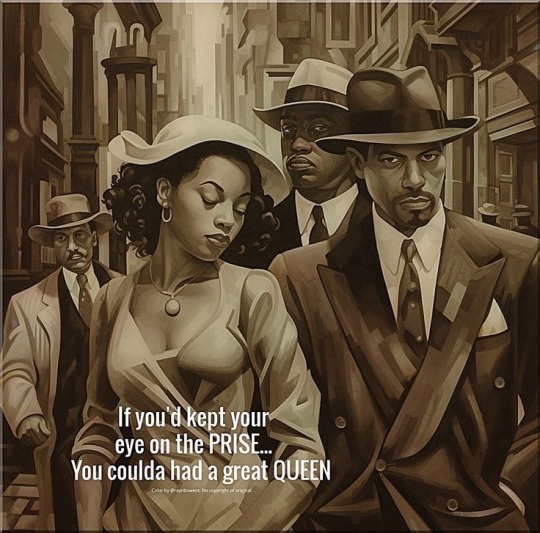
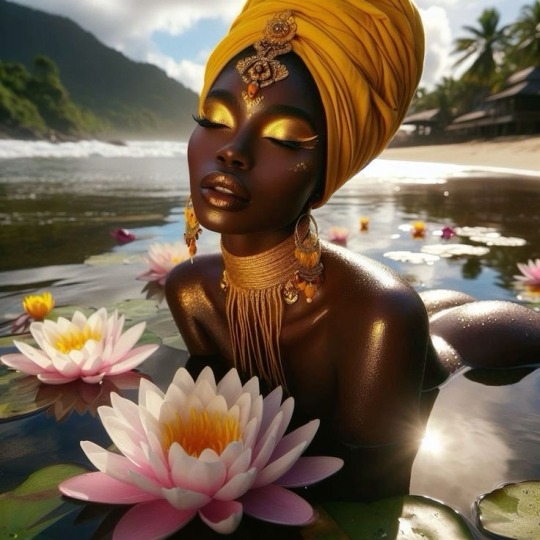

#black community#original photographers#black people#artwork#graphic design#black art#black power#black history#black culture#black family#black woman#black panther#black men#black history month#black knowledge#black love#blacklivesmatter#black representation#black relationships#black children#black king#black queen#black africans#africa fashion#egypt nt#egyptian art#african art
296 notes
·
View notes
Text


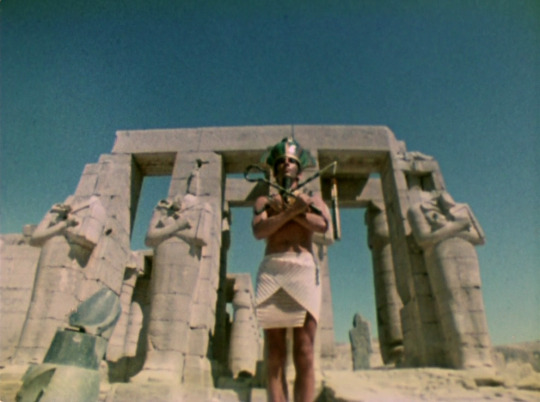

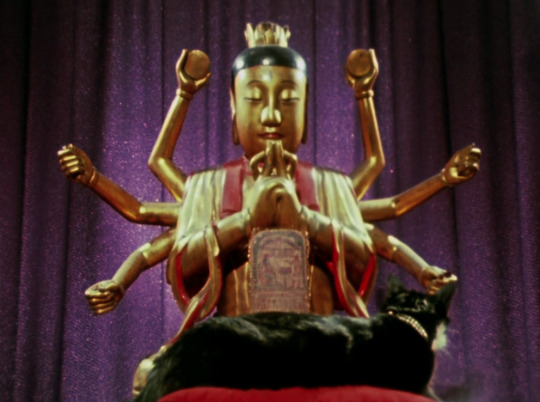

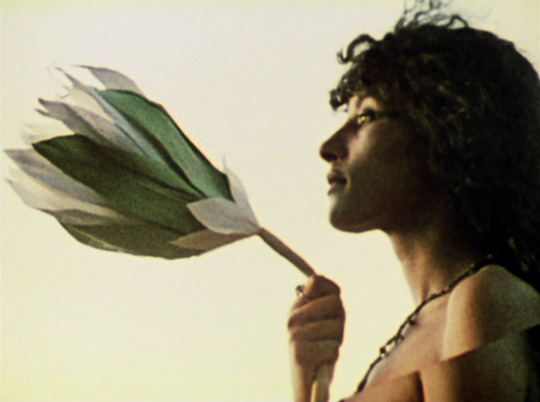

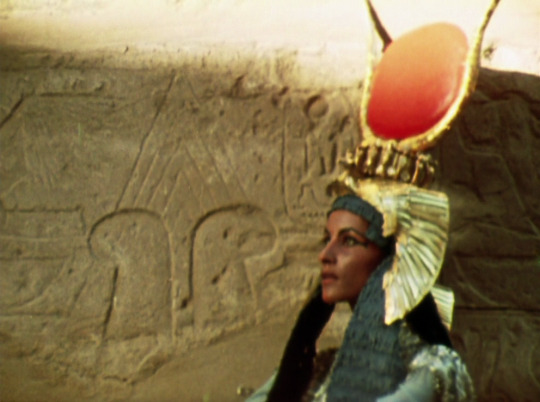

Lucifer Rising (Kenneth Anger, 1972)
#films watched in 2023#Lucifer Rising#Kenneth Anger#Anger#1972#short film#egypt#pyramid#experimental cinema#ocho#desert#Marianne Faithfull#Myriam Gibril#Donald Cammell#seventies#fantastic#surrealism#bathtub#sun#fashion#Bobby Beausoleil#independent cinema
410 notes
·
View notes
Text

Rochet-Schneider (1929)
#cars#cool#cool cars#car#classic car#vintage#motor#classic#drive#driving#spring#weekend#friday#retrostyle#retro aesthetic#retro fashion#retro style#retro illustration#retro#1920s cars#1920s fashion#1920s style#1920s art#1920s#ancient egypt#egypt
225 notes
·
View notes
Text
Bharani : the birth of Venus.
Part 1

Let's talk about ancient godesses of love and Bharani nakshatra.
I will base my research on the legend of the dead and resurrected god present in many religious myths coming from the middle east (ps : i'm sorry in advance for the grammar, syntax or spelling mistakes that you may find in this post, english is not my first language)
Bharani, situated in the heart of the rashi of aries is governed by Shukr: Venus but also by Yami and Yama in vedic mythology who are twins and gods respectfully of life and death.

Yama, the main deity of Bharani is said to be one of "8 celestial gatekeepers, who guards eight directional doorways or exits through which souls travel from an earthly plane to other planes of existence" making him the lord of Dharma since at one's death, he decides basing on his actions in what plane should one reincarnate.

Since Yama is responsible for directing the flow of life on Earth the association between bharani and the yoni becomes evident: the female reproducting system serves as a portal for souls to take on a physical form. So bharani as Claire Nakti perfectly described it relates to the feminine ability to receive, hold, nurture and ultimately transform through the womb.
Because Bharani aligns itself with all the feminine qualities by excellence it makes sense as to why Venus is it's ruler.
Venus is the roman name for the goddess Aphrodite: in greek mythology. She is said to be the goddess of love and beauty at large but also the goddess of war and sexuality. First because the ancient greeks saw the duality that links love to war and how they seem to come together through sex.
Also, Aphrodite is said to be born from the sperm of Ouranos when his testicules got cut by his son Saturn as he was always feconding Gaia, the Earth and causing her distress: he was acting cruel regarding their children. The sperm of Ouranus got mixed up with the foam of the Ocean creating Aphrodite which means "risen from the foam". So it was interesting to see that as Shukr also means sperm in sanskrit and it shows the origin of Venus as a fertility goddess too.

This conception of Aphrodite directly links her to ancient goddesses of love such as Ishtar or Inana in Mesopotamian/summerian mythology or Isis in egyptian mythology. Most of the time, these goddesses are the female counterpart of a god that was once mortal, got cursed, died and then came back to life for them to form an immortal couple.
In the case of Ishtar, her consort is Dumuzi or Tammuz and Osiris is the consort of Isis.
In Mesopotamian mythology :
Ishtar or Inana in sumerian is the goddess of love and sexuality, beauty, fertility as well as war because of her status as a " bloody goddess" mostly refering to her character in plenty of myths.
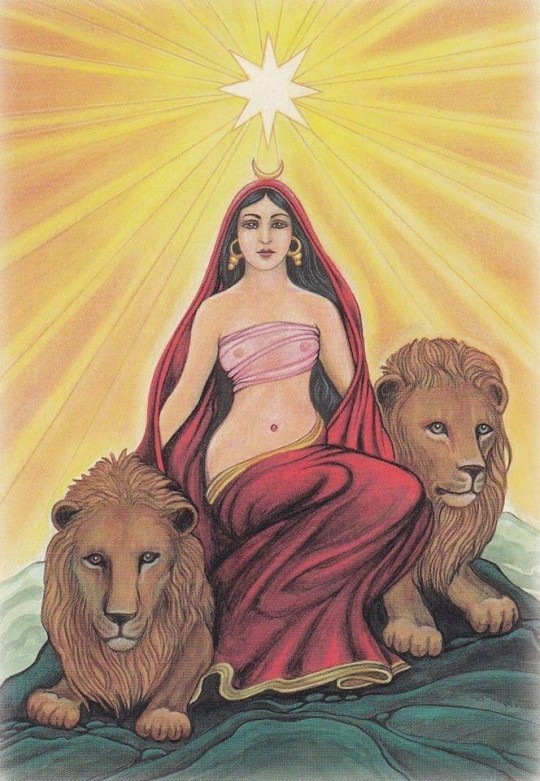
For example: in one story, she became infatuated with the king Gilgamesh, but the latter knowing her fierce reputation, refused her advances. As a result she got furious and unleashed the celestial Bull on Earth which resulted in 7 years of plagues. This celestial bull was later defeated by Gilgamesh and Endiku, and its corpse was throwed in front of Inana. Blinded by rage, she decided that as a punition Enkidu must die and sad at the death of his bestfriend Gilgamesh began his journey to find a cure to Death.
Bharani is a fierce or Ugra nakshatra meaning that its nature is agressive, bold and assertive in pursuing their goals. They are ruthless in the process of accompling what they desire the most and are inclined to extreme mood swings that can result in them to be "blinded" by their extreme emotions perfectly expressing the passionate character of Venus and her other equivalents in differents pantheons of antiquity.
Inana/ Ishtar's story with Dumuzi/Tammur begins as she was convinced to chose him by her brother Utu. Then she got married with the shepphard Dumuzi instead of whom she prefered in first the farmer: Enkinmdou. During the courtship, Inana prefered the fine textile of the farmer and his beer rather than the thick wool and milk of Dumuzi. The preference for the shepphard illustrates that at the time the Mesopotamian civilisation was known for their proliferent agriculture with the egyptians in the region, so this myth encapsulate the opposition between nomads and sendatary people at this specifific time period.

By the way, another symbol of Bharani is the cave and traditionnaly, the cave was used as a storage room for food. Also Bharani's purpose is Artha so these individuals are motivated to accumalate resources and provide safety and security, so Bharani can be linked to the exploitation of natural ressources like the soil illustrating the preference of Ishtar for the farmer. This is reinforced also by its Earth element.
So coming back to the myth, in a mesopotamian text called Inana's Descent to the Underworld, the goddess goes to Kur (hell) with the intent of conquering it, and her sister Ereshkigal who rules the Underworld, kills her. She learns that she can escape if she finds a sacrifice to replace her, in her search, she encounters servants who were mourning her death however she finds Dumuzi relaxing on a throne being entertained by enslaved girls. Enraged by his disloyalty she selects him as a sacrifice and he is dragged to the Underworld by demons.
He is eventually resurrected by Inana and they become an "immortal couple" as he may only come back to life for half of the year, being replaced by his son (?) who is also his reincarnation for the other half of the same years, so describing the cycle of regeneration of life.
Other mythologycal stories of goddesses in the near east describe a similar patterns:
The goddess Asherah is described as being the mother and the lover of her son Adonis.
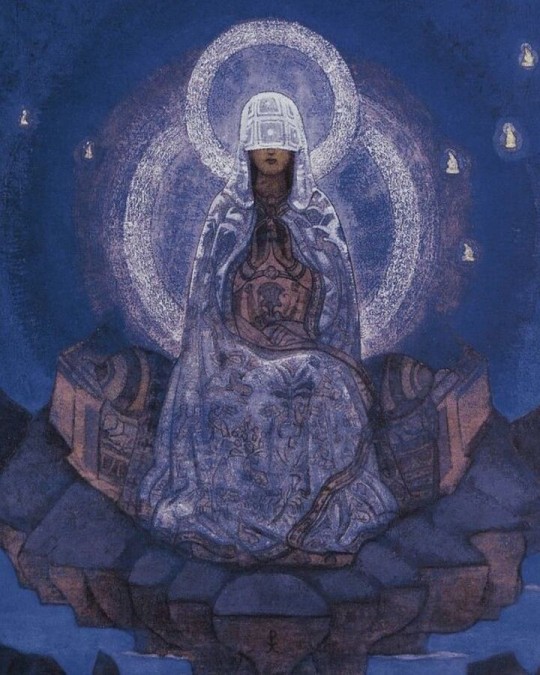
The goddess Cybele in the phrygian pantheon takes the form of an old woman as she described as the mother of everything and of all. And at the same time she is the consort of Attis who his her own son (wtf ?)
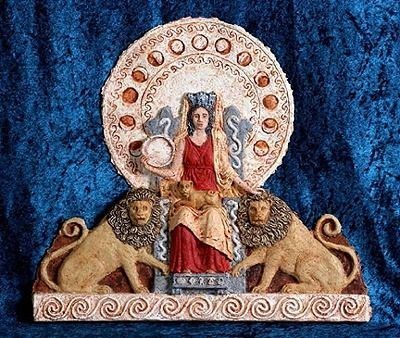
Also, Yama and Yami are implicated in a incestuous entanglement where his sister Yama wanted to lay with him however he refused establishing himself as a god with an infaillible moral campus.
All of these representations illustrate the relation between the masculine and the feminine, life and regenration which are all topics related to Bharani nakshatra. Women by their capacity to give life are seen as the source of life and therefore are eternal as they are able to regenarate themselves through daughters which are identical to them whereas man who is unable to reproduce by himself, is therefore mortal feels the need to associate with her to resurrect through a son who is identical to him. Bharani exiting as the embodiment of the link between "the father and the offspring" which is the feminine vessel.
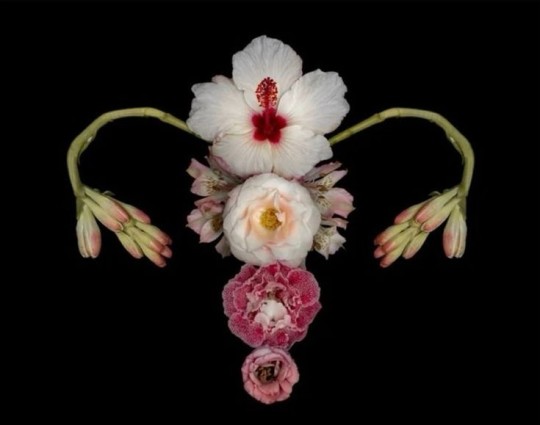

So this is certainly part 1, I think that these ancient myths are where Claire Nakti found her inspiration for her series on Bharani.
#vedic astrology#cinema#coquette#astrology#vintage movies#aesthetic#coquette dollete#fashion#vintage#movies#greek mythology#roman mythology#ancient egypt#bharani#chitra nakshatra#purva bhadrapada#purva phalguni#cowboy carter#venus#adonis
136 notes
·
View notes
Text

In The Grove Of The Temple Of Isis, 1915
John William Godward
#John William Godward#english art#neo classicism#classical antiquity#1910s#art#painting#art history#fashion#portrait#temple#isis goddess#ancient egypt#mythology#academicism
921 notes
·
View notes
Text

Egyptian dancers, Egypt, by virtualexpodubai
#egyptian#egypt#africa#north africa#folk clothing#traditional clothing#traditional fashion#cultural clothing
155 notes
·
View notes
Text
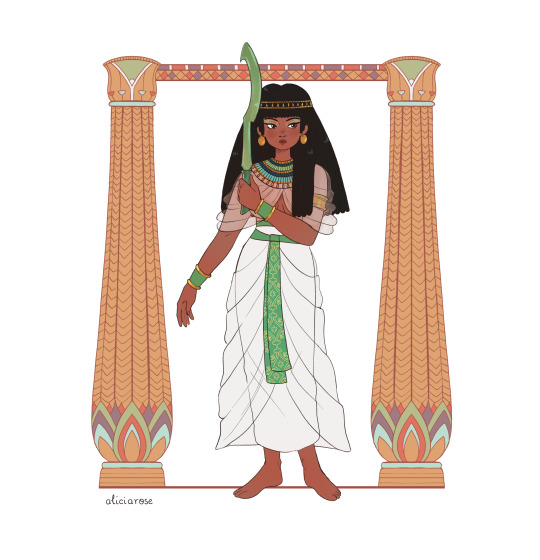
making more for my Maidens with Swords series this October! Starting with Ancient Egypt
394 notes
·
View notes
Text
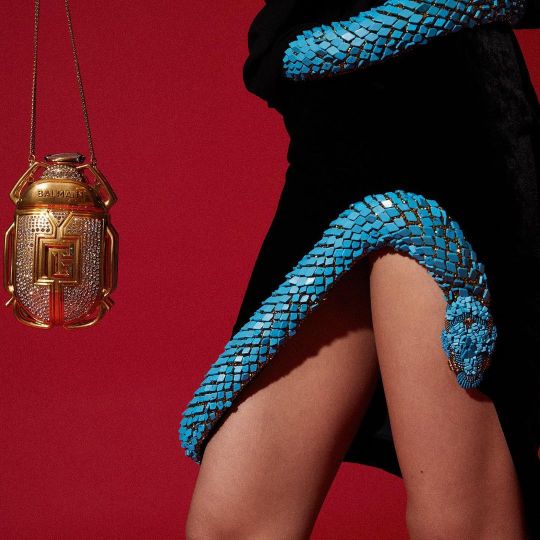
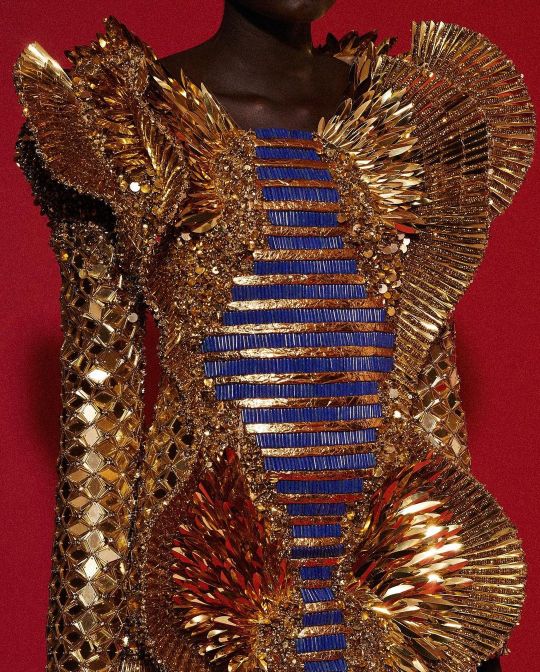


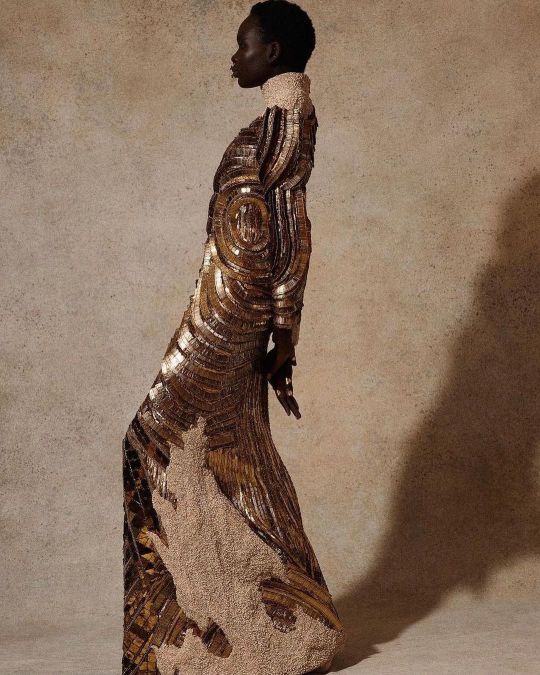
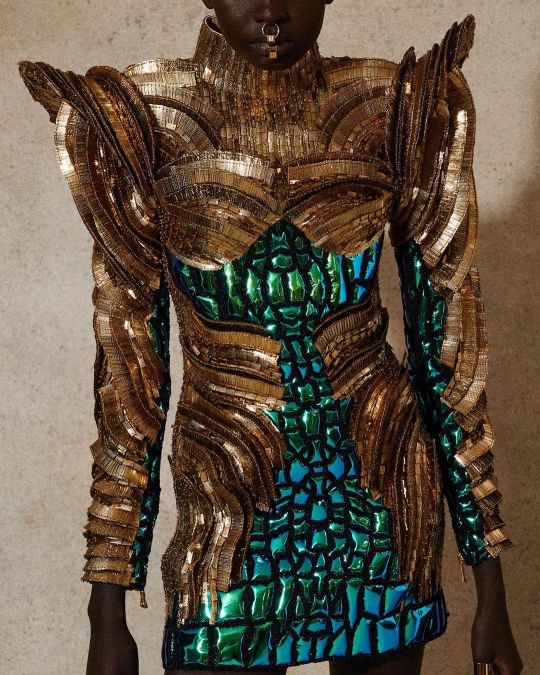
AN ODE TO EGYPT 💙
Balmain Resort 2023 Olivier Rousteing ✨
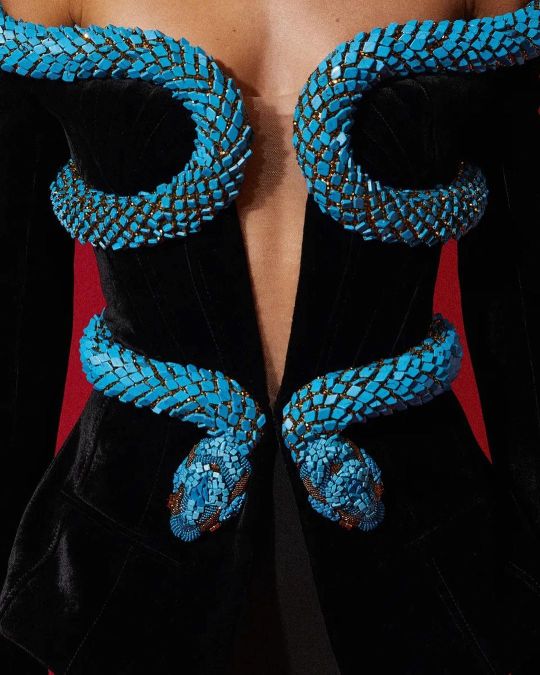
#art#fashion#beauty#style#balmain#oliver rousteing#ancient egypt#high fashion#fashion design#fashion details#gold#blue#green#dress#jewelry#purse#glam#couture#fashion couture#haute couture#fashion photography
1K notes
·
View notes
Photo
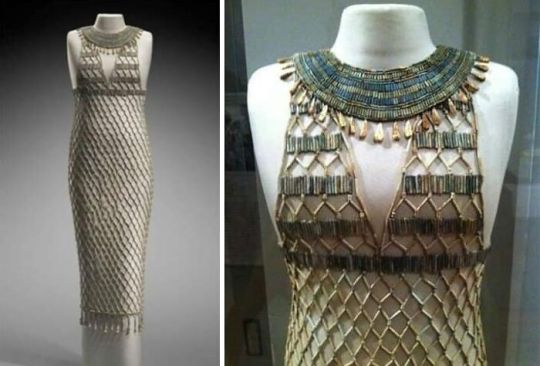
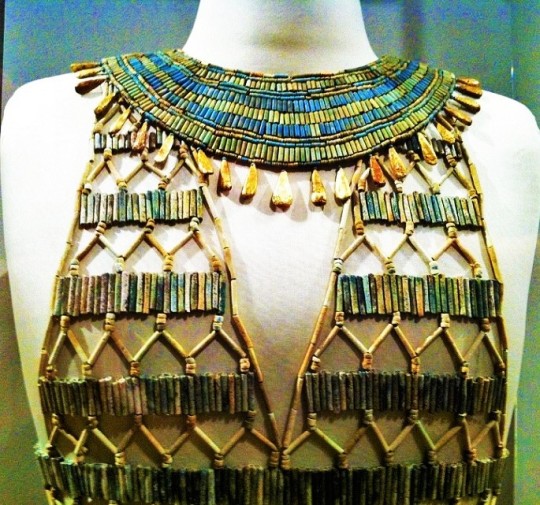
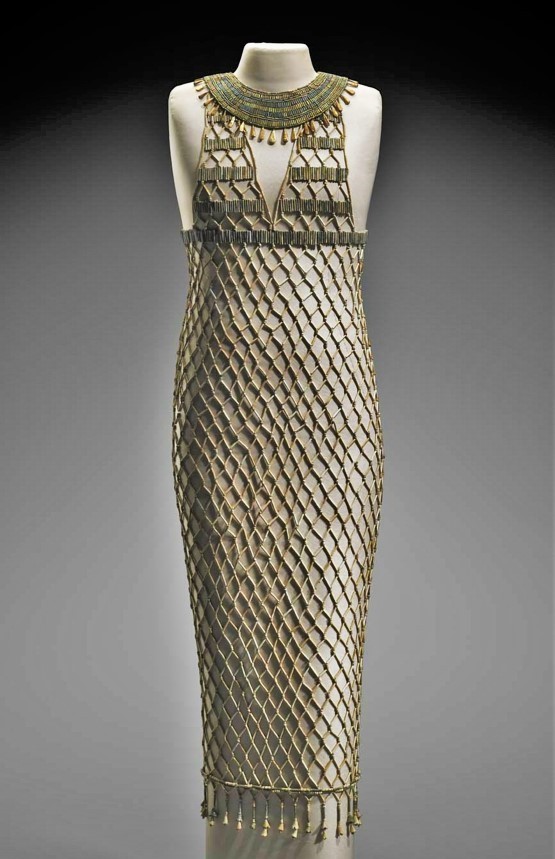
4,500 year old Egyptian beaded dress
This beadnet dress is the earliest surviving example of such a garment.
It has been painstakingly reassembled from approximately seven thousand beads found in an undisturbed burial of a female contemporary of King Khufu. From Giza, tomb G 7440 Z. 1927: excavated by the Harvard University.
Although their string had disintegrated, a few beads still lay in their original pattern on and around the mummy, permitting an accurate reconstruction. The color of the beads has faded, but the beadnet was originally blue and blue green in imitation of lapis lazuli and turquoise.
(source)
3K notes
·
View notes
Text

I love her your honor
#I gotta look up outfit stuff for her#she's getting a mix of modern and Old Kingdom fashion#anyway here's my mafia boss#strawberry moon#studio#wip#listening to The Prince of Egypt soundtrack and it got me hyped
100 notes
·
View notes
Text
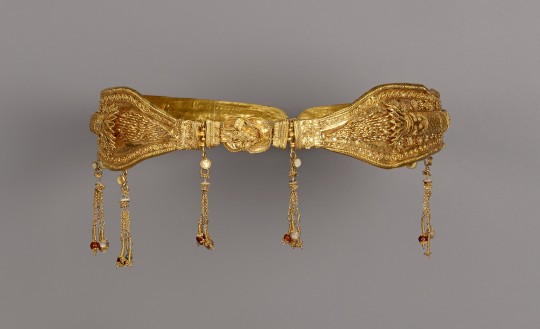
Diadem, Ptolemaic, 225-175 BCE
Gold, glass paste, bone or pearl, garnet, cornelian, and moonstone
From the Getty Villa Museum
#diadem#gold#fashion#fashion history#accessory#history#225 bce#200s bce#175 bce#100s bce#bce#ancient#ptolemaic#ancient greek#ancient egyptian#greek#egyptian#ancient greece#ancient egypt
351 notes
·
View notes
Photo
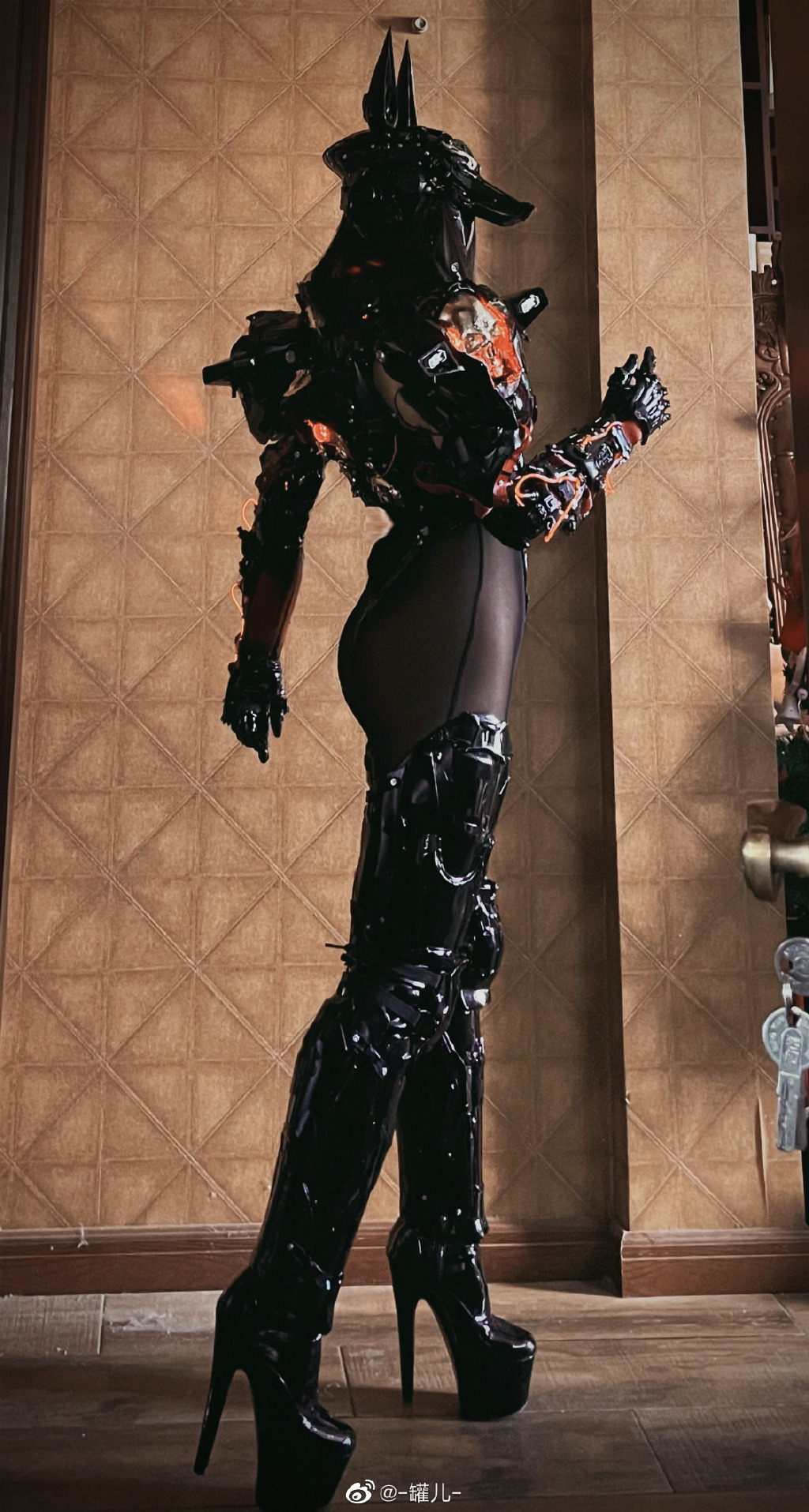



cyberpunk anubis by -罐儿-
2K notes
·
View notes
Text






Lucifer Rising (Kenneth Anger, 1972)
#Lucifer Rising#Kenneth Anger#Anger#1972#short film#egypt#fashion#surrealism#fantastic#experimental film#experimental cinema#seventies#Myriam Gibril
376 notes
·
View notes